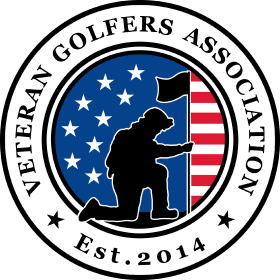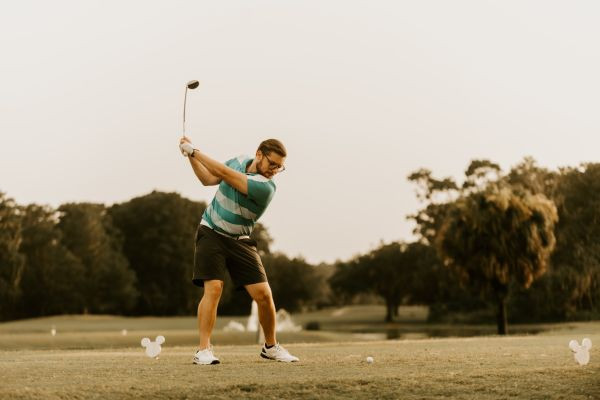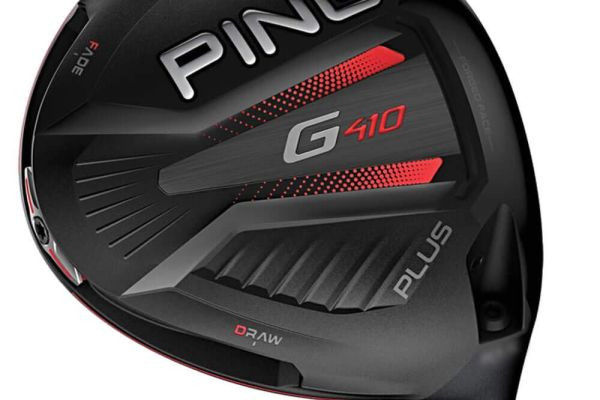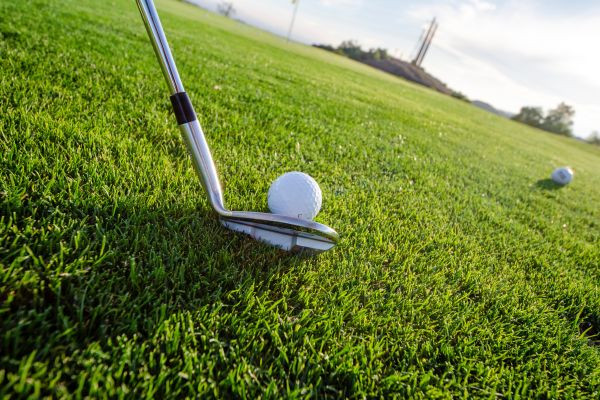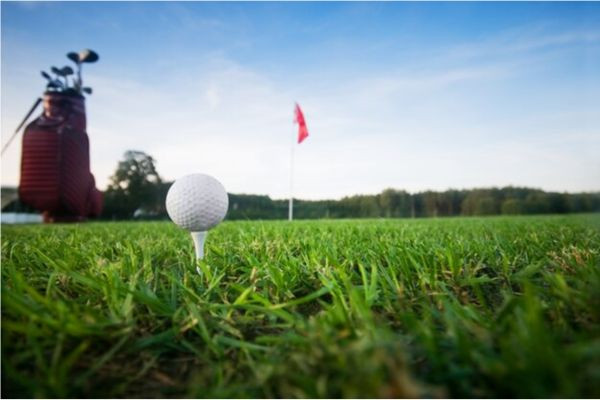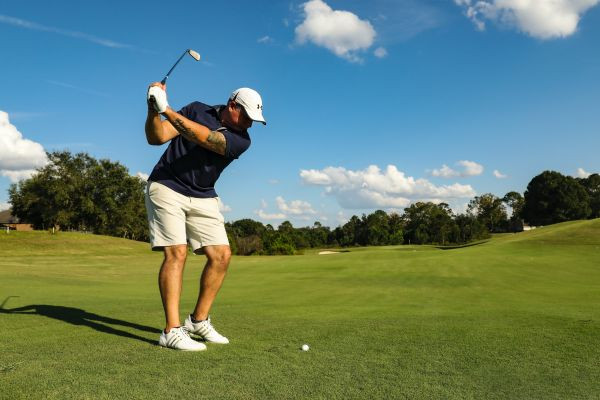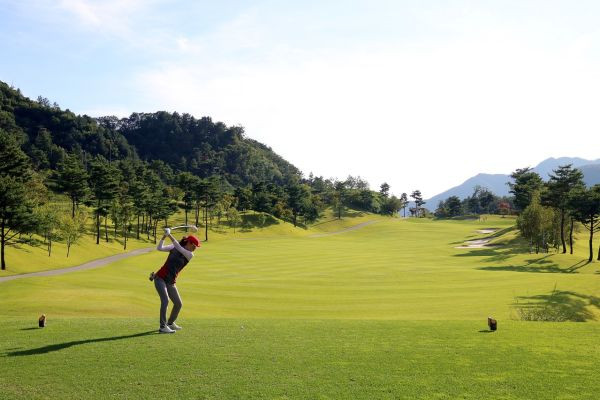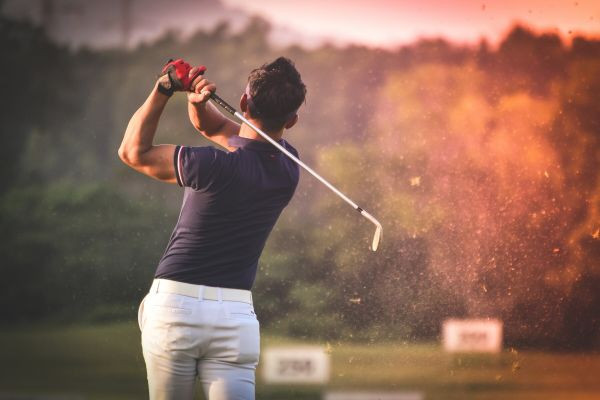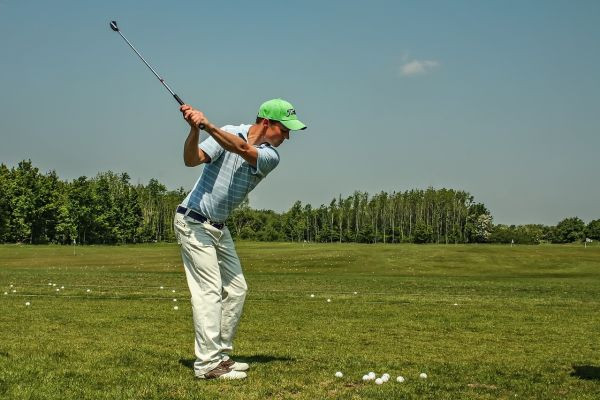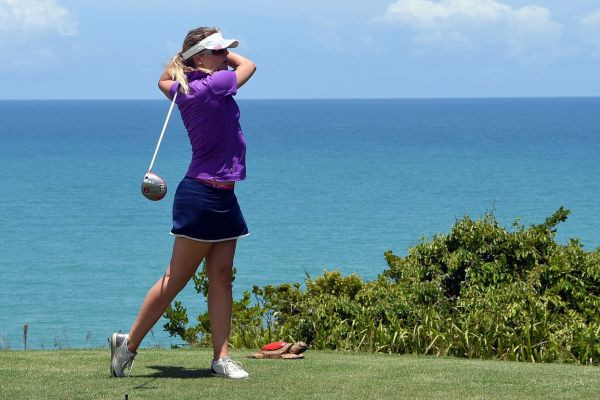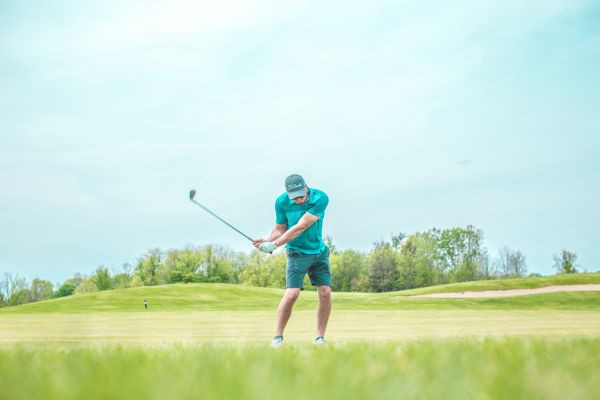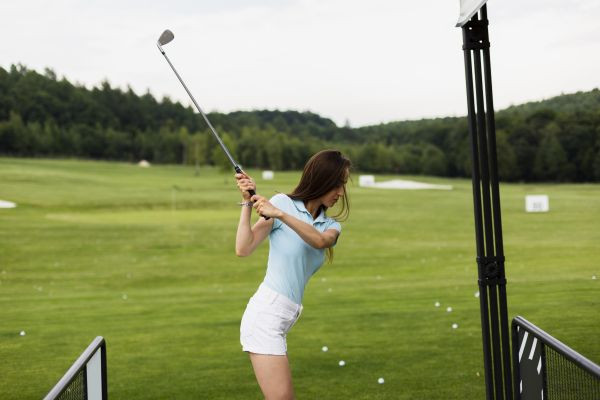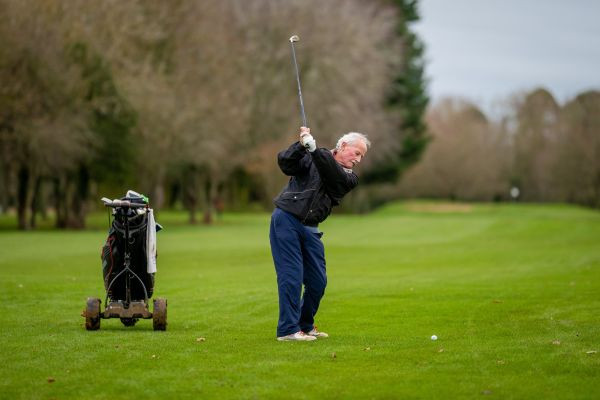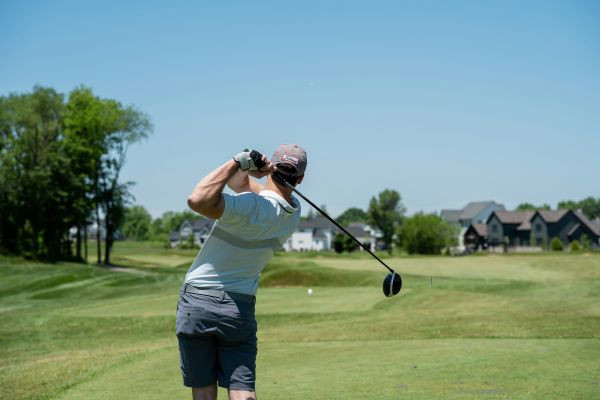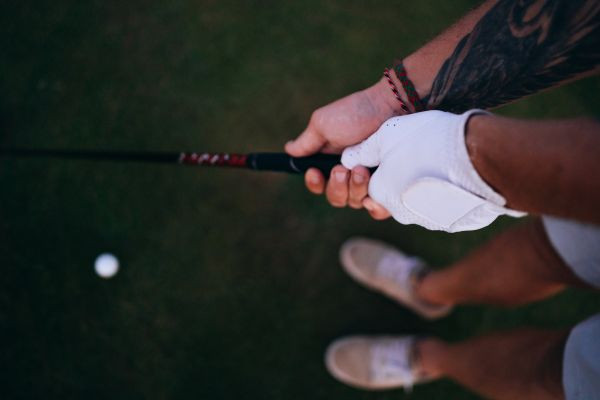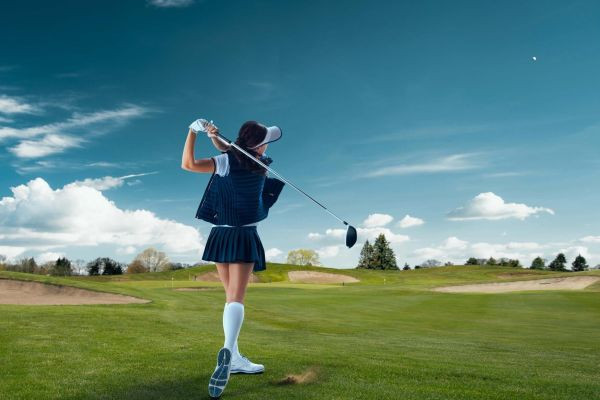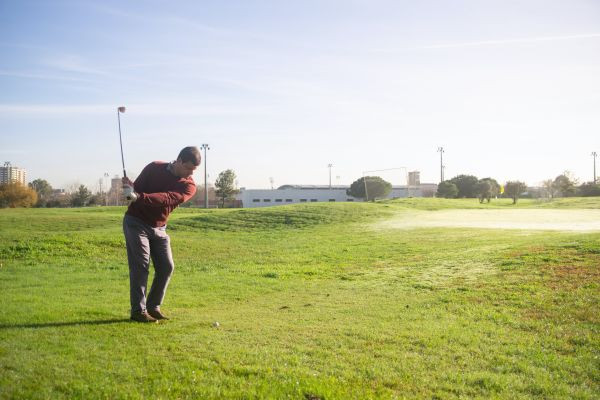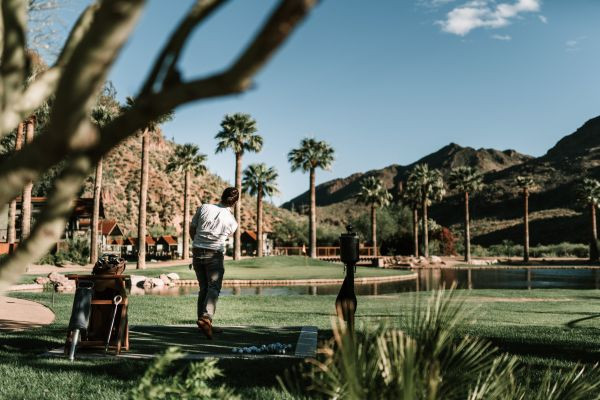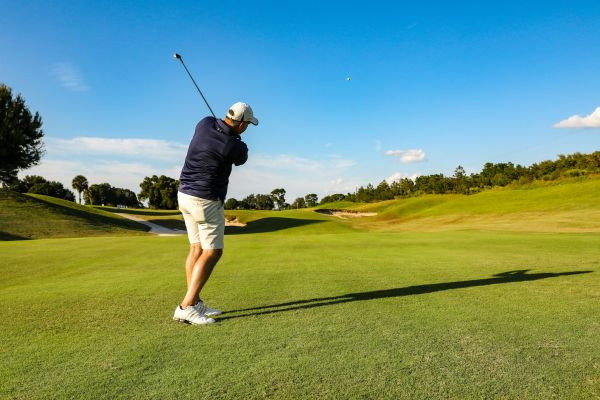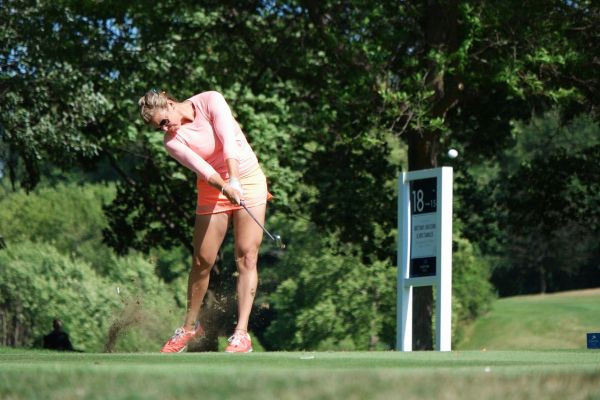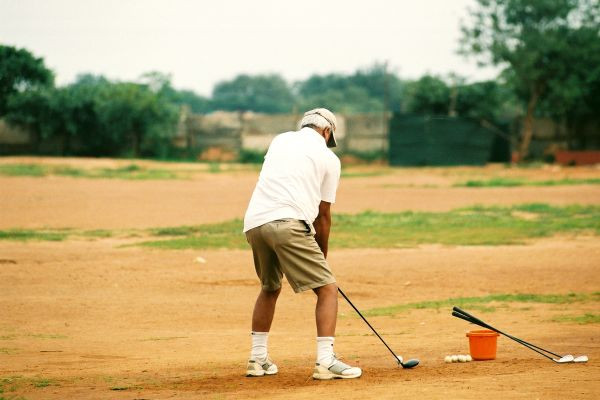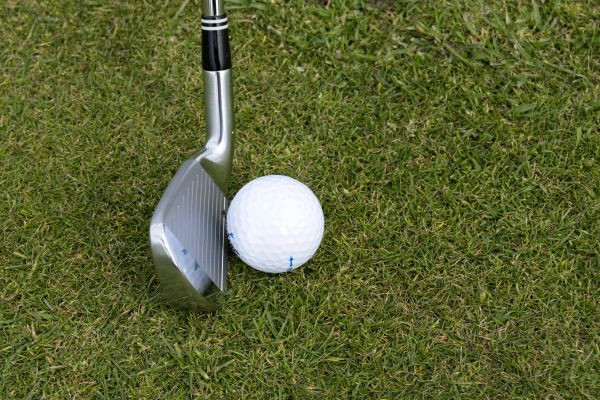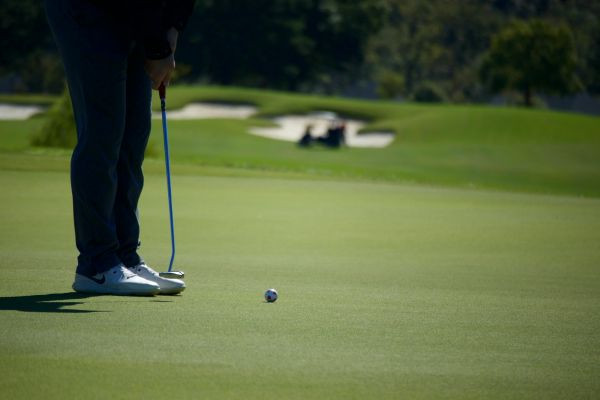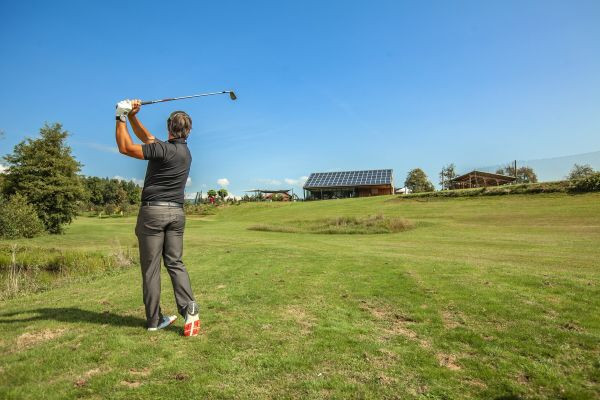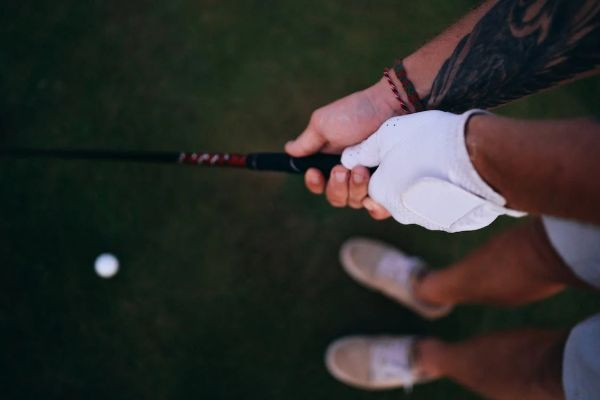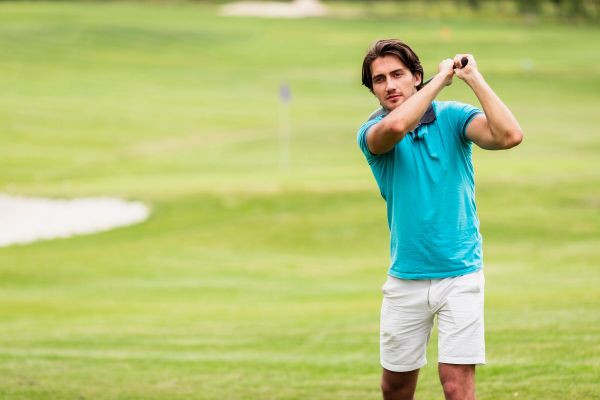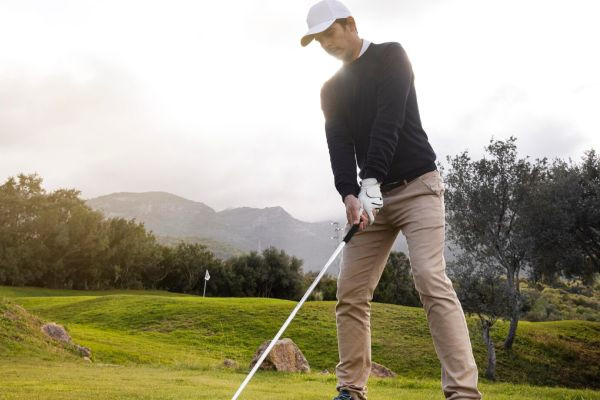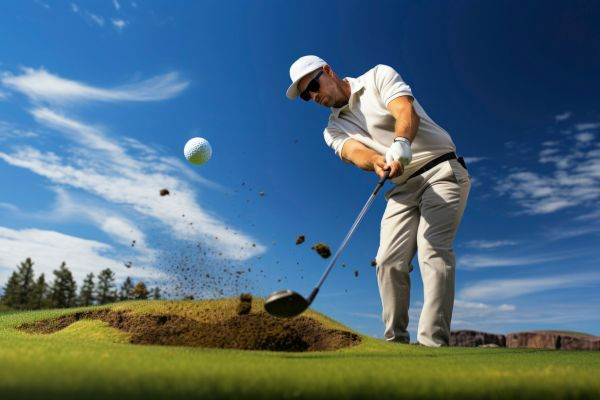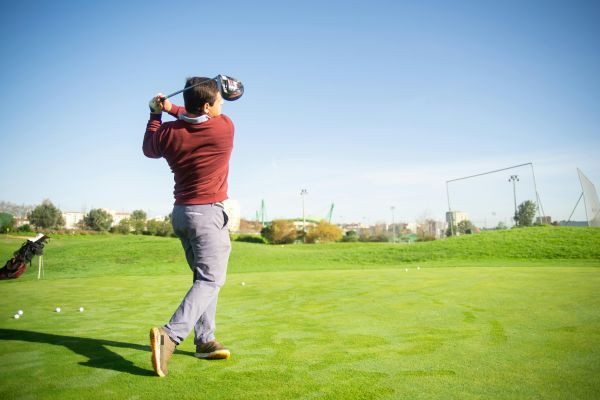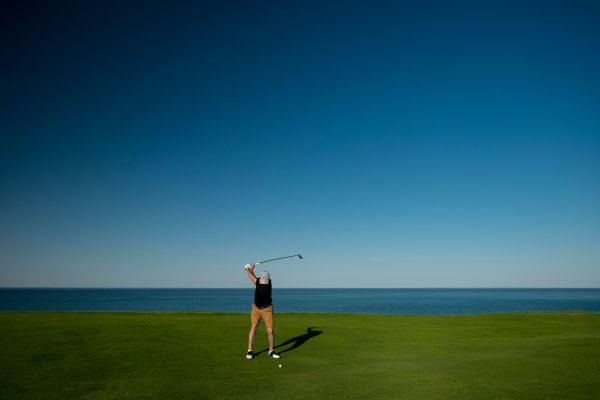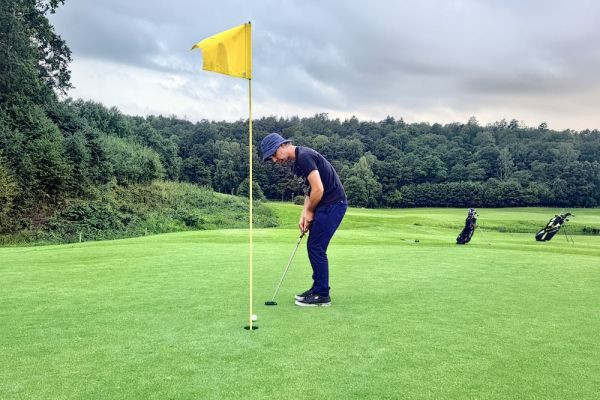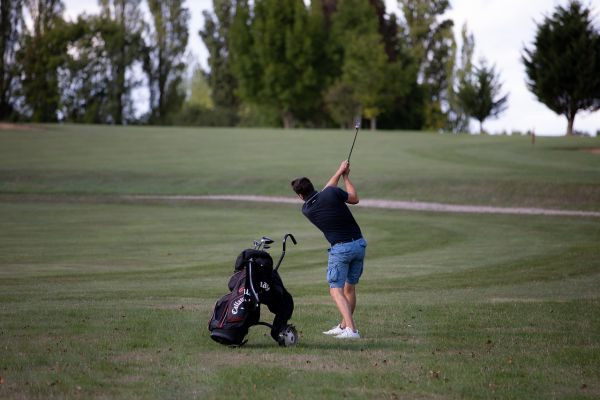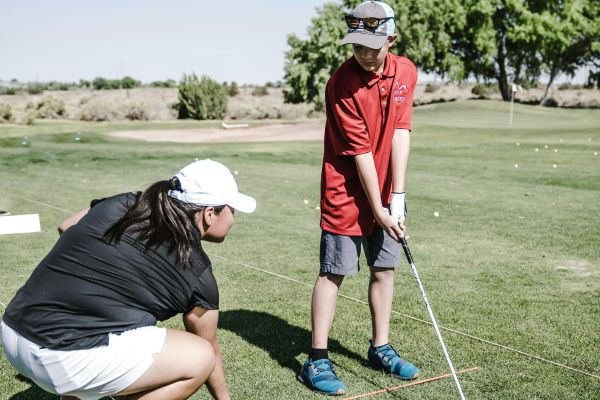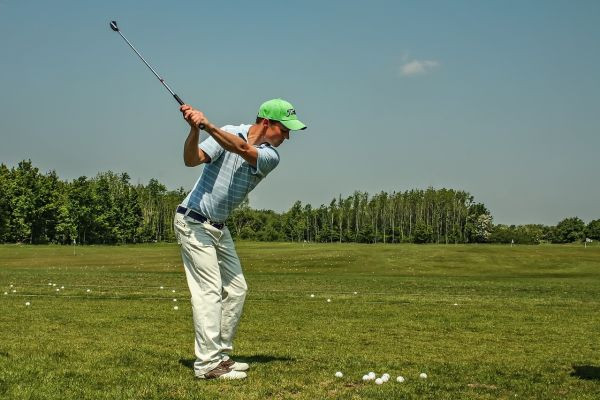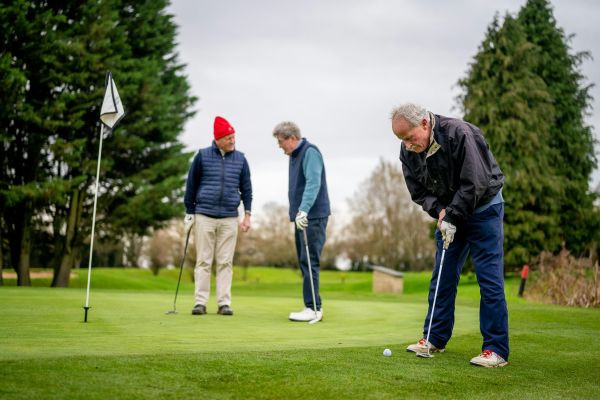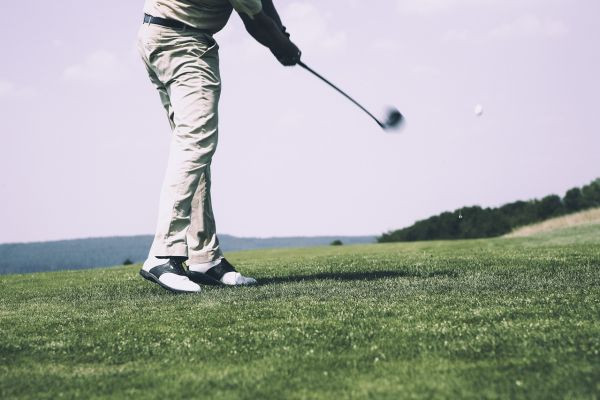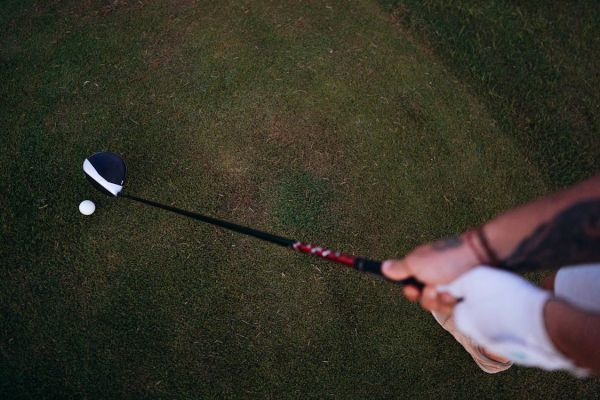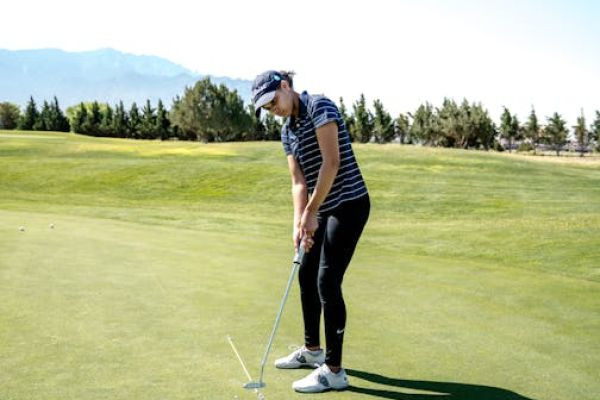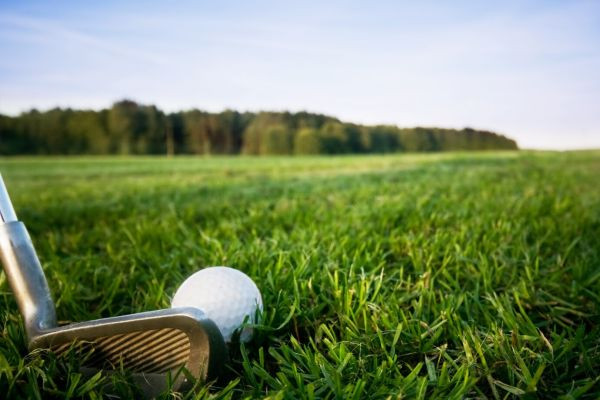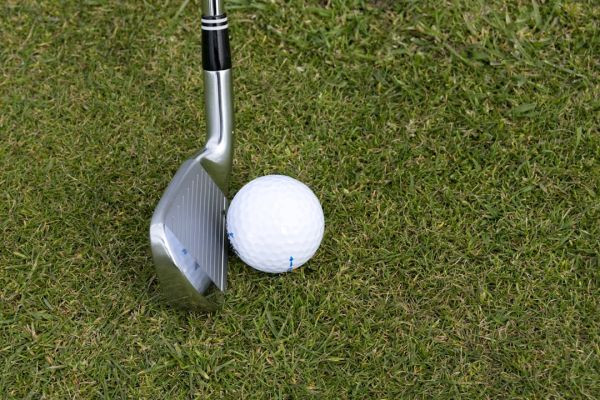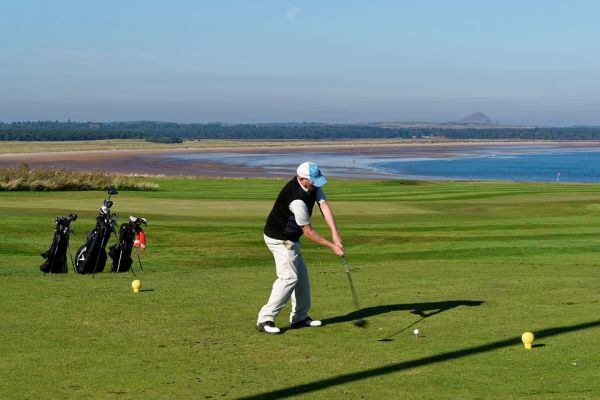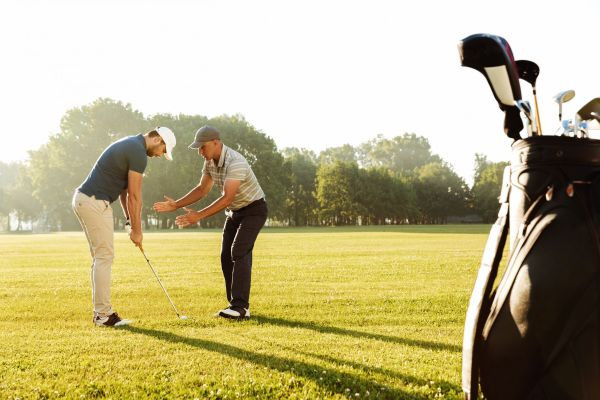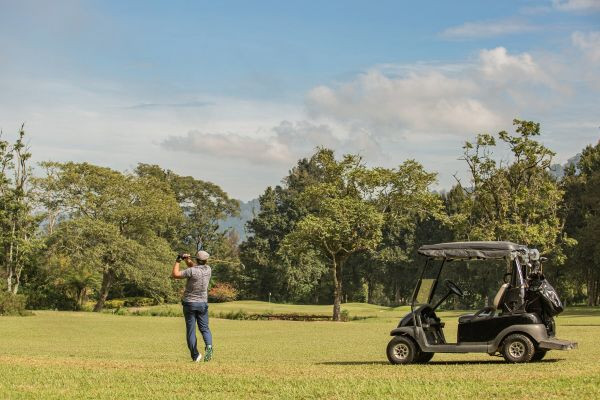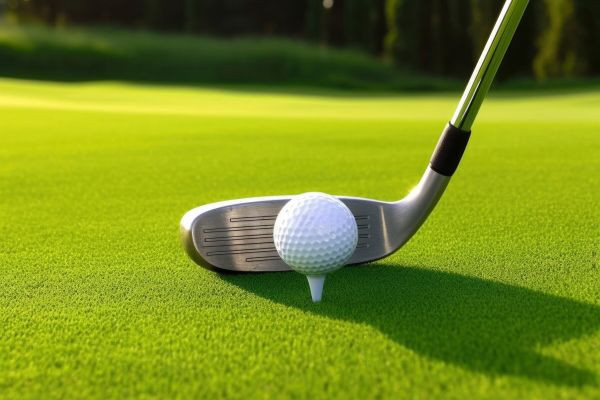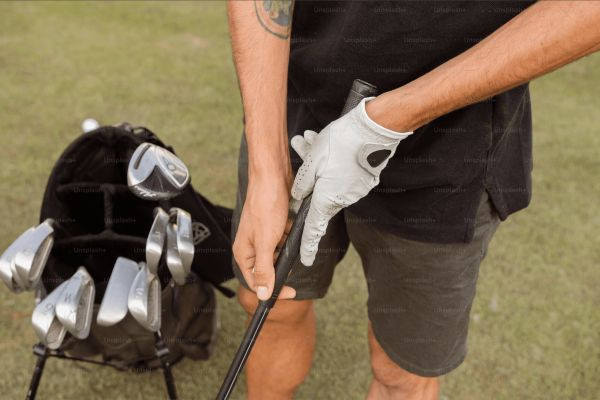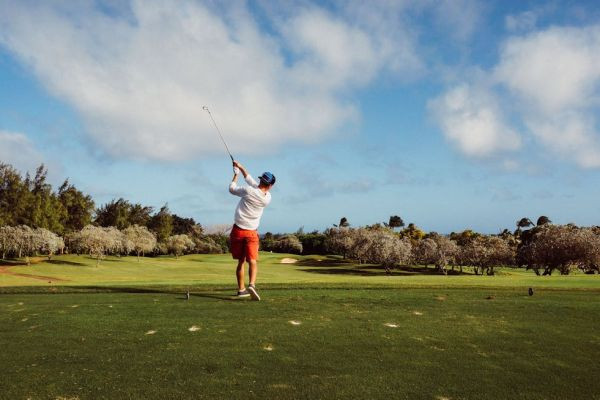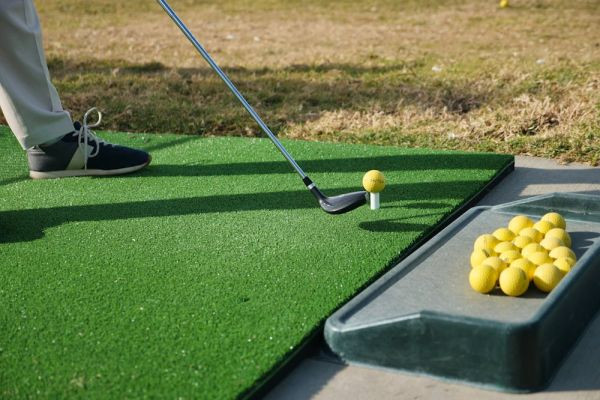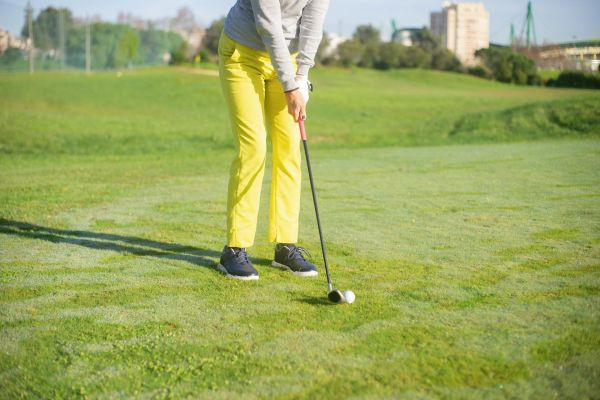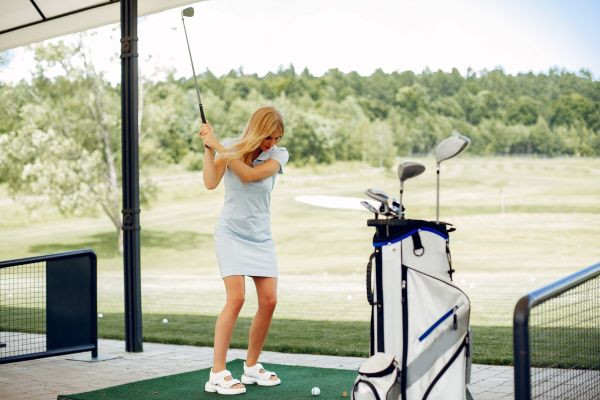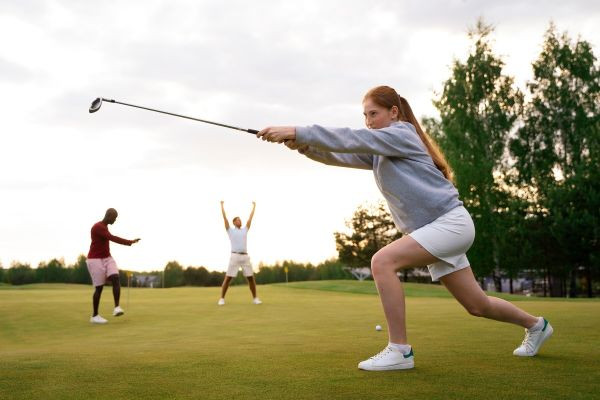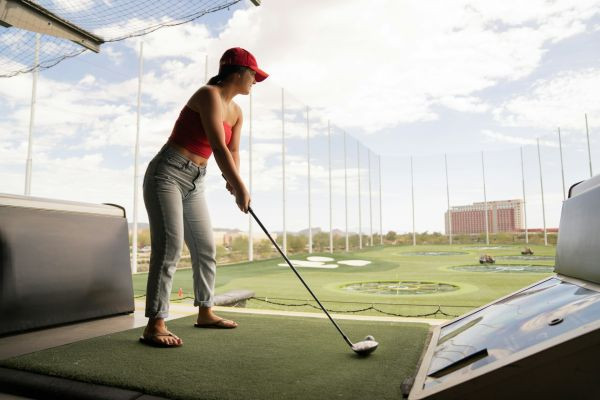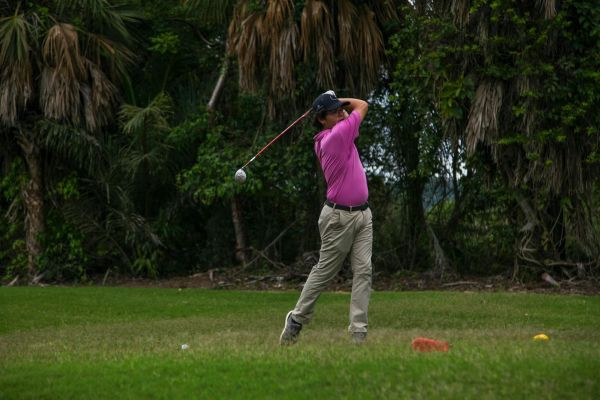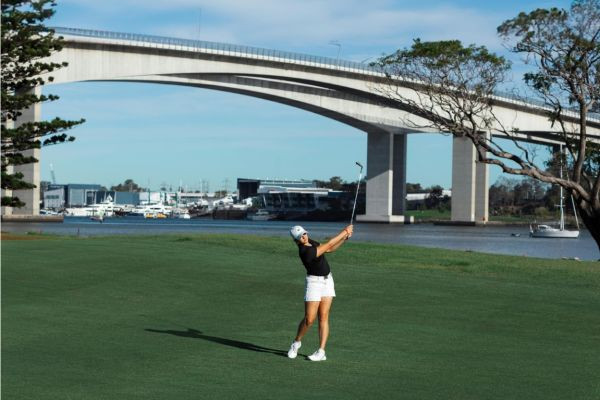How to Stop Pulling Iron Shots
Dealing with pulling iron shots can be a challenge, for golfers causing the ball to stray left of the desired target for right handed players and therefore following a straight trajectory instead of a..
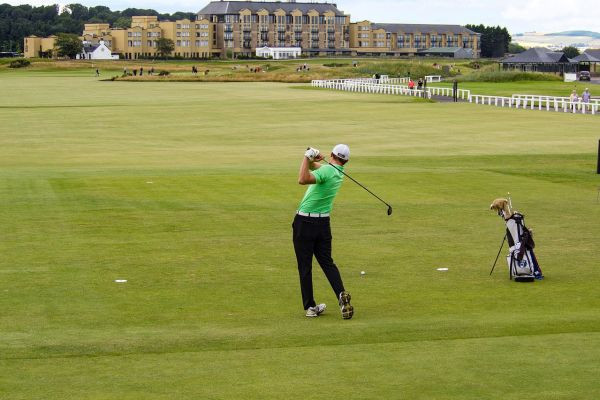
Dealing with pulling iron shots can be a challenge, for golfers causing the ball to stray left of the desired target for right handed players and therefore following a straight trajectory instead of a curved one. This issue commonly arises from an overly inward swing path, where the arms move across the intended target line.. Don't worry! Addressing this problem starts with recognizing its root causes and making adjustments along with practicing drills.
Understanding the Pull Shot
Struggling with pulling your shots can be quite bothersome. By gaining a deeper insight and making appropriate corrections you can realign your aim effectively. Lets delve into what defines a pull shot and explore the reasons behind its occurrence.
What Is a Pull Shot?
In golfing terms a pull shot goes beyond being an annoyance; it significantly deviates from your intended direction. This happens when the ball for right-handed golfers shoots off to the left of your target point in a straight path rather than curving during flight as expected. It's almost as if the ball decides to ignore your instructions and chart its course. Left handed players encounter this phenomenon in reverse with their shots veering off to the right.
Although it can be frustrating, the pull shot is a mistake, not a flaw, in your game. The key to improving lies in understanding where it comes from and applying solutions to address the root causes.
Common Causes of Pull Shots
Pull shots often stem from errors in how you set up and execute your shot. Identifying and fixing these mistakes can greatly enhance your accuracy and consistency on the course.
Forward Ball Position: Many golfers believe that placing the ball further forward in their stance results in longer and more powerful shots. While this may be true for clubs or situations having the ball forward with iron shots can lead to timing issues and an incorrect swing path.
This setup can cause your shoulders to open up too much compared to the target line, setting up your swing to move from outside the target line to inside, leading to pulling the ball. This outside-in swing path is a significant factor behind pull shots.
Open Shoulders at Setup: Proper alignment is essential, in golf starting with how you position yourself before taking a shot. When your shoulders are positioned in a stance or angled to the left (for right handed players) or to the right (for left handed players) relative to the target line it can lead to a swing path that goes from out to in.
Having your club face misaligned from the start might not seem like a big deal but it can really mess up where your shot goes, often causing an unwanted pull.
Closed Club Face at Address: When your clubface is closed at address it can strongly influence the path of the ball. A closed club face, which means its pointing, to the left of your target at impact for golfers (or to the right for left handed golfers) will make the ball head left as soon as you hit it.
Even though how you swing also matters, how your club face is positioned when you set up can already determine where your shot goes, making a pull likely even before you start swinging.
Swing Path Issues: Issues with how you swing can also lead to pulling shots. If your swing path goes from outside to inside it not only affects where the ball goes but also changes its spin and ultimately its flight. This kind of path often happens when your upper body takes over in the downswing of letting your lower body lead. When the upper body moves soon during a golf swing it can lead to a chain of events where the club approaches the ball at an angle, from outside setting up for a pull shot.
The Role of Ball Position in Pull Shots
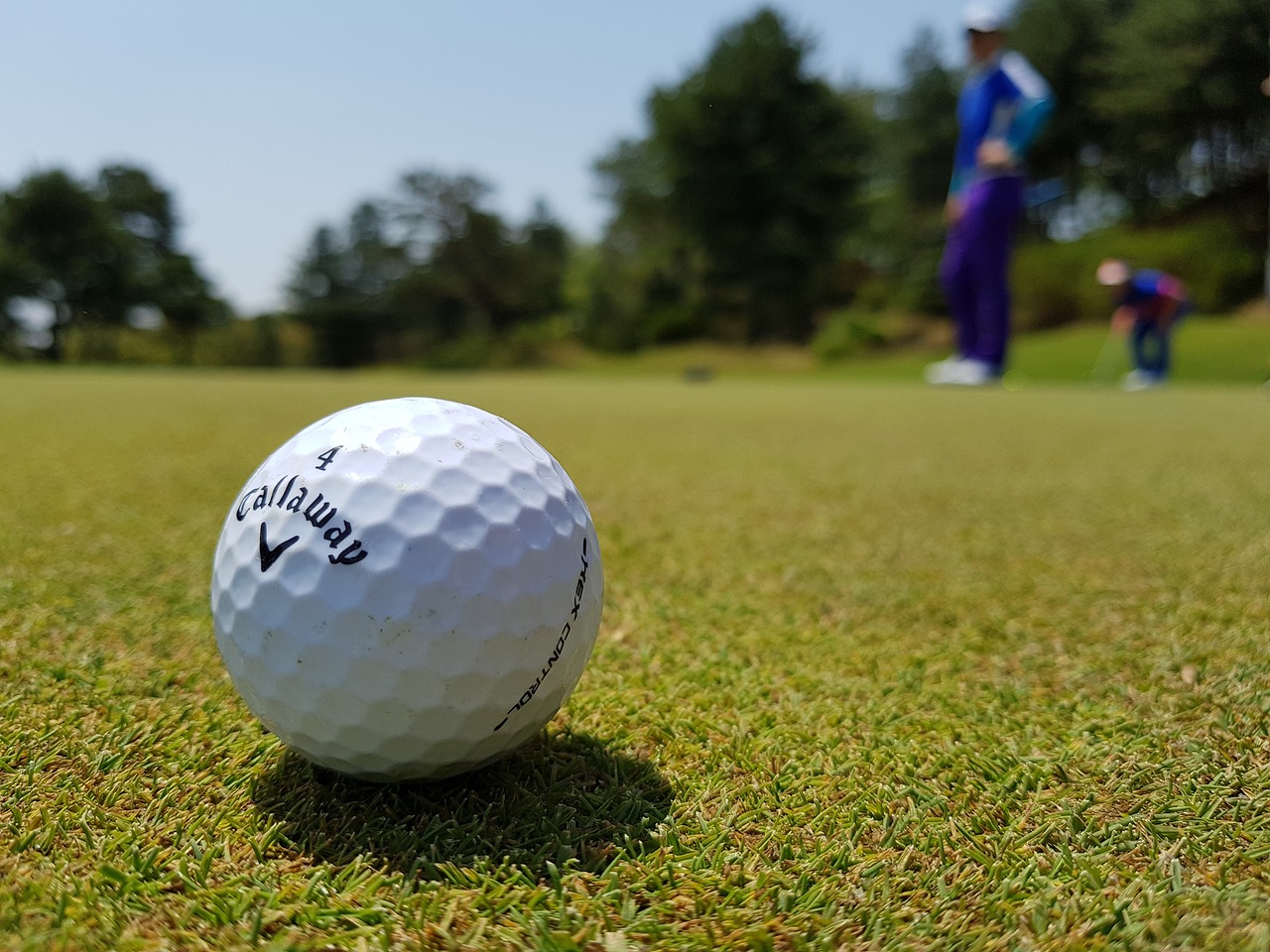
Ideal Ball Positioning
Playing golf often feels like solving a puzzle with each piece playing a role in the big picture. Among these elements, where you position the ball is crucial especially when trying to avoid shots.
Getting the right spot for your ball can make a difference. For iron shots placing it ahead of center in your stance is usually ideal. This specific placement isn't random; it's chosen strategically to ensure that your downswing and impact happen with alignment and power distribution.
By positioning the ball in front of center you create a natural swing path that can lead to a straighter shot trajectory. This setup encourages a strike on the ball for iron play. It helps achieve contact. Adds spin for better control and stopping power on the greens.
Drills to Correct Ball Position
To help you remember and perfect the correct ball position through muscle memory there are specific drills that can be highly effective:
Consistency Drill: Place a golf club or alignment stick parallel to your target line on the ground as a reference point for aligning the ball. Regularly practicing your setup using this guide will help you establish a repeatable ball position.
Visual Cue Drill: Another method involves using a marker like a tee or small object placed at the ball position for different clubs during practice. This not only helps visualize the position but also assists in adjusting your stance and setup accordingly.
The Importance of Shoulder Alignment
The alignment of your shoulders plays a role in determining the direction of your swing and consequently influencing the flight path of the golf ball.
When your shoulders are not in line especially when they're angled away from the target (left for right handers and right for left handers) it can cause your swing to veer off course towards and out to in direction often leading to pull shots.
The alignment of your shoulders is crucial in shaping your swing. When your shoulders are properly aligned, running parallel to the target line promotes a swing path that helps you hit the ball straight. On the contrary having misaligned shoulders increases the likelihood of swinging out resulting not in pull shots but also potentially causing slice shots, under varying circumstances.
Exercises for Proper Shoulder Alignment
To improve and refine your shoulder alignment try incorporating these exercises into your practice routine
Mirror Drill: Practice setting up in front of a mirror and focus on aligning your shoulders parallel to your target line. The instant visual feedback from the mirror can be very helpful for making adjustments.
Alignment Stick Drill: Use alignment sticks to create a "T" shape on the ground with one stick representing your target line and another stick placed at your feet to ensure body alignment. This setup offers a reference for correct shoulder alignment and assists in maintaining a square stance.
Swing Path Correction
Correcting your swing path is crucial for eliminating shots from your golf game. The swing path refers to the direction in which the club head moves, during the swing concerning the target line.
A swing path that starts outside the target line and moves inside, at impact is often to blame for pull shots. On the other hand swinging from inside to outside can result in pushes or hooks if not managed well. Improving your accuracy and consistency greatly relies on understanding.
Identifying the type of swing path you have is crucial for making adjustments. One simple method to determine your swing path is by examining the divots left on the ground. Divots pointing left of your target (for golfers) typically indicate an out to in path while those pointing right suggest an in to out path. Utilizing technology like launch monitors or high speed cameras can offer an analysis of your swing path aiding in recognizing your tendencies.
There are drills that can assist in correcting an out to in swing path to prevent pulling the ball. For instance one effective drill involves setting up two headcovers or clubs on the ground to create a gate wider than your clubhead, along the target line in front of the ball. This arrangement prompts you to swing through the "gate " encouraging an inward, to outward path.
Another helpful exercise includes placing an obstruction like a range bucket or a foam noodle on the side of the ball. This compels you to swing from inside to outside to prevent hitting it. These practice routines offer feedback. Assist in refining your swinging technique.
The Impact of Club Face at Address
The way the club face is positioned when it hits the ball plays a role in where the ball goes and how it moves afterward. If the club face is tilted towards the left (for a golfer) at impact it's likely to lead to shots that veer off to one side. How you align the club face when you set up your shot determines where the ball will end up. It's crucial to get it right.
Not only does the position of the club face when you address the ball affect where it starts but it also impacts how spin and curve it has while flying. A closed club face can make you hit a pull shot while an open one might cause pushes or slices. Remember that how the club face is angled at impact matters more for where the ball goes than how you swing your club underscoring why getting its alignment right is key.
Making sure that your clubface is square with your target before taking your shot's essential for getting the desired outcome.
One great way to practice this technique is by using alignment tools like alignment sticks or a golf club to show the target line and assist in positioning the club face perpendicular to that line. Practicing in front of a mirror can also give you feedback on how your club face is aligned. Moreover paying attention to your grip can affect how your club face aligns; having a proper grip can help keep the club face square throughout your swing.
Incorporating Body Rotation
Effective body rotation goes beyond turning your body; it involves coordinating movement between your lower body like a well choreographed dance. This synchronization ensures that the club follows an efficient path reducing the likelihood of an out to in swing path that often results in shots. Additionally, proper rotation aids in generating power by engaging the muscles in your torso and legs leading to longer shots.
Enhancing body rotation requires strengthening core muscles and improving flexibility. Exercises such as twists, planks and yoga can make a difference in enhancing core strength and flexibility and therefore enabling smoother and more controlled rotations.
Practicing drills tailored to golf that focus on separating the movement of your body from your body can improve your swing mechanics. For example, performing practice swings where you consciously turn your hips first in the downswing followed by your upper body can help train your muscles to execute this motion during actual play.
Practice Drills for Consistency
When aiming for consistency in your swing a useful drill involves placing an object, like a headcover outside the intended path of the ball on the driving range. This setup prompts you to rotate your body to avoid striking the object during your swing. This immediate feedback allows you to make real time adjustments to promote a swing path and prevent pulling the ball.
Utilizing visual aids is also beneficial for developing a precise swing technique. Marking your desired swing path and setup area with alignment sticks or cones can aid in visualizing the movement pattern. To enhance body rotation, positioning an alignment stick in the ground at an angle that mirrors your desired swing path can serve as a guide to encourage rotation around this axis. Using aids for practice can help reinforce the body movements and alignment making it easier to replicate the desired swing during actual gameplay.
Conclusion
Overcoming issues with pulling iron shots can be achieved through a combination of understanding, practice and adjustments. By paying attention to factors like ball position, shoulder alignment, swing path and body rotation you can straighten out your shots. Enhance your performance on the course. Consistent practice and seeking guidance when necessary play significant roles in achieving long term success.
Frequently Asked Questions (FAQs)
1. What is the most common cause of pulling iron shots?
Pulling iron shots stem from an incorrect swing path, particularly one that goes from outside to inside. This happens when a golfer's arms move across their body towards the left of the target (for players) causing the ball to start left of the intended target line and stay on that trajectory. Correcting the swing path is essential in addressing this issue.
2. How can I check if my ball position is correct?
To confirm whether your ball position is correct, utilize alignment sticks or a golf club as tools to create a reference, on the ground. The ideal stance may slightly differ based on the club you're using. Generally for mid irons position the ball around the middle of your stance. It can be helpful to use a mirror or record your setup to get feedback on your ball placement.
3. What are some effective drills to correct my swing path?
When it comes to improving your swing path, effective drills include the head cover drill where you place a headcover near the ball's path to encourage a swing direction. Another useful drill involves using alignment sticks as aids to guide your swing path and ensure it stays neutral or slightly in to out crucial for preventing pulls.
4. How does body rotation affect my golf swing?
Body rotation plays a role in enhancing your golf swings power and accuracy. It helps align the swing path and ensures follow through of arms and club. Good body rotation also assists in generating power from the ground up resulting in more shots. Inadequate rotation can lead to overreliance on arm movement increasing the likelihood of shots.
5. Can my equipment be causing me to pull my shots?
Yes, the equipment you use can indeed affect how you tend to pull your shots. If your clubs aren't a fit, for your swing technique or body shape it might cause you to make adjustments in your swing mechanics. For instance using clubs with shafts that are too stiff or have incorrect lie angles could play a role, in causing shots. It's advisable to go for a club fitting session to make sure that your equipment aligns well with your swing style.
